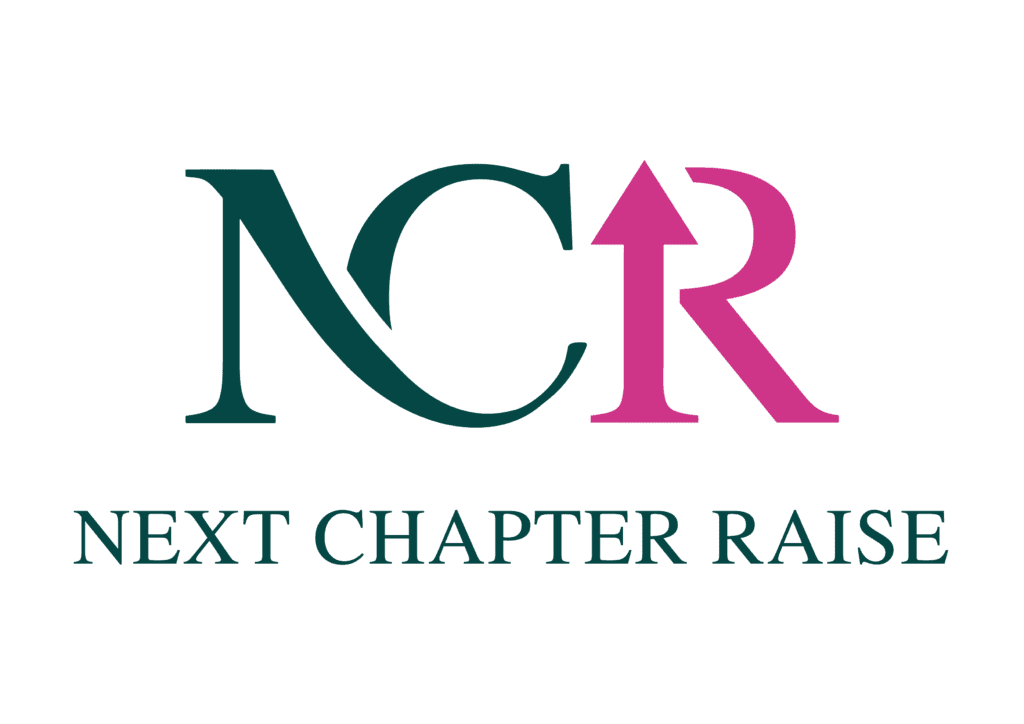There’s no such thing as being on time for fundraising, you’re either running early (great) or you’re too late. Unfortunately, when it comes to fundraising, women often raise later, raise less and it takes them a lot longer than their male counterparts. And if that isn’t disappointing enough, women also bootstrap to avoid raising debt. One of the keys to changing these seemingly entrenched facts is for women to understand the benefits of fundraising and capital raising much earlier.
Understanding the problem
Over the years, I’ve supported and mentored hundreds of female founders and in my experience a typical profile looks like this: sole-founder, been in business for 18 months to two years. They’re still tweaking to get both their product/service and market fit right but they’re at a stage where they need to hire staff to get revenues up. Plus, they want to start paying themselves as their savings have now been exhausted.
In that first one to two years, they’ve concentrated their time and effort on getting their business up and running and put the capital conversation in a drawer. Let’s unpack why. Part of the problem is a lack of role models. How many female founders knew of others who had successfully raised? When you think that just 3% of VC capital* last year went to female founders, probably not many. There are lots of reasons for that but, of course, it doesn’t help that only 7% of VC partners globally are female. Then there are issues around business value, business control and understanding how the various funding options work.
Are we our own worst enemies?
It’s true, bias has long been identified within the wider venture capital community as an issue but when it comes to capital raising, women can sometimes be their own worst enemies. Often, they’ll start looking for capital once their bootstrapped savings have been exhausted. On average, women spend nearly $143 thousand dollars of their own money into their business*.
That’s partly because women are more risk averse and like to have more control over their companies. According to research, it’s the reason why women tend to keep their firms small and avoid outside financing. And if they do attempt to raise, it’s usually for much smaller amounts of capital.
The news doesn’t get any better when it comes to equity financing. On average, women are three times less likely to apply and herein lies a lot of the problem. Women don’t know or understand their options as it applies to funding terms, processes and outcomes and/or, they get discouraged before they even begin. They don’t know how an equity raise affects their business in terms of control and ownership. Making it worse are stories of bad pitch sessions and female founders feeling underprepared and out of their depth.
These stories are often true but one of the most effective ways you can turn this around is by getting educated on the fundraising process. Start by researching the key terms and processes. We like to break it down into bite size steps: where you’re at with your business, funding options, what to prepare, what to expect and next steps.
It’s not all bad news
On average, women raise less funds compared to men but it’s made female founders more capital-efficient. SoGal Ventures co-founder, Elizabeth Galbut says, “underrepresented founders are used to thinking about risk in an intelligent way. They are constantly thinking about ways to protect themselves from worst-case scenarios”.*
A European Investment Bank Advisory Report released in 202 also reveals that women-led businesses attract more investment at later stages than their male counterparts. Plus, they outperform when it comes to average revenues and are more likely to hire female entrepreneurs*.
When is the right time to fundraise?
I’m a firm believer in the fact that you can’t start the funding discussion too early. Obviously, this doesn’t mean reaching out to an angel investor during your first week of operation but it does mean looking for the low-hanging fruit.
Crowdfunding is one such option and women score higher in this category than men in terms of outcomes. Female founders tend to set realistic goals which is evidenced in the way they crowdfund. Research* shows that they are more successful than men at raising small amounts of capital and meet their targets more quickly.
Two other options often overlooked by a lot of women entrepreneurs are bank loans and/or government grants. Sometimes they think their idea isn’t grant-worthy or they don’t have enough collateral to qualify for a small business loan.
Look at the criteria. If you meet it, make the time to complete the paperwork. This money has already been allocated, it’s there to be given away.
Going beyond the bootstrap
In addition to funding options, there are competitions and programs that offer more than just capital. These include mentoring, community support, networking, resources and knowledge. The Cartier Women’s Initiative is one such program and has been running since 2006. Fellowship winners walk away with significant cash prizes of up to one hundred thousand dollars. There’s also the SheEO alternative lending community and Founder Institute pre-accelerator fellowship program. Most of these have strict criteria around business goals but it’s well worth investigating as a means to building your business as well as gaining a supportive community.
While The Cartier Women’s Initiative is a grant, note that revenue targets still have to be met. This also applies to financing. HSBC even states on its website, “don’t borrow money if you can’t pay it back”. It’s important to be revenue-conscious as early as you can and keep it well documented.
Working capital versus growth capital: know the difference
The revenue discussion will also be critical when you meet with investors. Why? Because you have to demonstrate you’re investable. That means being able to show traction, revenue or at the very least, potential to be profitable. Remember, an investor is seeking exponential growth e.g. ten times a return on investment. Compare this to a grant where money can be used as working capital to pay bills or meet smaller growth goals.
Kisha Mays, CEO of the international business development firm, Just Fearless says, “The biggest lesson I’ve learned is that fundraising should be to make more sales and revenue so you don’t have to fundraise in the future. Be smart about it. Get that foundation set.”
What have we learned?
When you add it all up, there are really three key things that are missing; knowledge of the “system” and how it works, a supportive community of like minded entrepreneurs and access to the right kind of investors and strategic investors. Who are they? They’re VCs and angel investors who know the right questions to ask. If you want to know more about that, watch this TED talk by Dr Dana Kanze, she nails this topic.
I’m all too aware that as women, sometimes it feels like we’re rehashing the same numbers or banging on about the same gender discrimination issues. We are, but the point is, not very much has changed for women in the past 15 years. And the numbers suggest that if those numbers did change, the world will be better off. Boston Consulting Group found that global GDP would rise by 3-6% if women were given the same access to capital and took part in entrepreneurship at the same rates as men*. This discussion needs to continue until there’s change.
What does that look like for female founders? Overcoming the big emotional struggles around funding including confidence, risk aversion and control. Then, become educated about funding and make it a business priority. Certainly don’t wait until your personal savings have run out to start thinking about it. Look beyond equity or debt, check out all the funding options available including grants, competitions and incubators. Always keep revenue front of mind and remember, you’ll never be 100% ready for investment. The time to start is now.
Resources:
https://pitchbook.com/news/articles/female-founders-face-funding-hurdles-amid-the-pandemic


